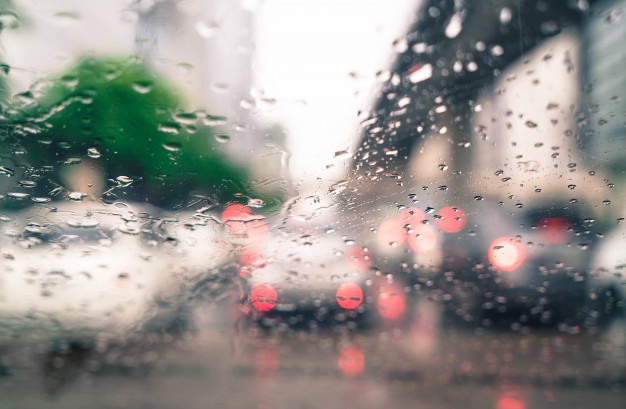In addition to avoiding dangerous roads and following traffic rules, considering the appropriate time of driving is another mark of a responsible driver. No matter how careful and focused you are, road accidents might still happen especially if it affects the road in a negative way. Examples include decreasing the visibility of the driver from all directions, lane obstruction (due to random debris in the path brought by strong winds), and lack of road friction (caused by wet roads).
Based on research, a quarter of all car crashes recorded in the United States are caused by the condition of weather. Moreover, as far as the frequency of these incidents is concerned, wet weather tends to be the most dangerous than the snowy ones.
Below are some of the most common weather conditions that are considered to be highly dangerous for driving, regardless of the type of vehicle. You should consider rescheduling your road trip once you observed any of the following:
Heavy Rain
There are a few weather conditions that can be very bad for driving. When it comes to the summer season and you have your all-season tires or summer tires on, the main challenge will be when it rains heavily. Heavy rain can easily cause the car to hydroplane. This can lead to a full loss of control over your vehicle, which can cause dangerous accidents. In order to protect against hydroplaning, you need to have high-quality premium tires that have strong properties in wet conditions. Tires with low tread depth are more likely to experience hydroplaning, so it is important that you know when to install new tires. New tires tend to have innovative tread designs that help reduce the risk of sliding on wet roads. Driving those new tires at low speeds will help keep you safe.
Fog
Another dangerous phenomenon is fog since it impairs the vision of the road. This means that you will have less time to react to hazards you may encounter while driving. This is why cars have fog lights so that vehicles behind you can see you. If you don’t have to drive in foggy conditions, it’s best to avoid doing so. If you’re forced to operate in fog, drive cautiously. Slow down your driving, for even your vehicle’s average speed could still be risky as well. And if the road becomes so foggy that it’s almost impossible for you to see everything, try to fund a safe place to part away from any travel lanes and wait until the road visibility improves.
Winter
During the winter, it is generally much more challenging to drive, so you have to be cautious at all times. You also need to have high-quality winter tires that are approved for winter conditions if you plan to drive in sub-freezing temperatures and winter weather. Premium dedicated winter tires are the best choice. Summer tires will not be able to provide optimal safety on cold or wintry roads since their rubber gets hard and loses its grip. If you have winter tires, you will more safely and confidently navigate snowy, icy conditions as long as you drive cautiously and keep your speed at a manageable pace.
Snowstorms do, however, cause problems; if it snows heavily, it can be tough to see the road. If it is not urgent to get somewhere, it’s best not to drive in snow and ice.
Final Thoughts
Hydroplaning is a risk in slushy and snowy conditions, not just wet ones. Be sure to buy winter tires with wide grooves that push wet snow away from the surface, so your car can maintain a steady grip on the road.



